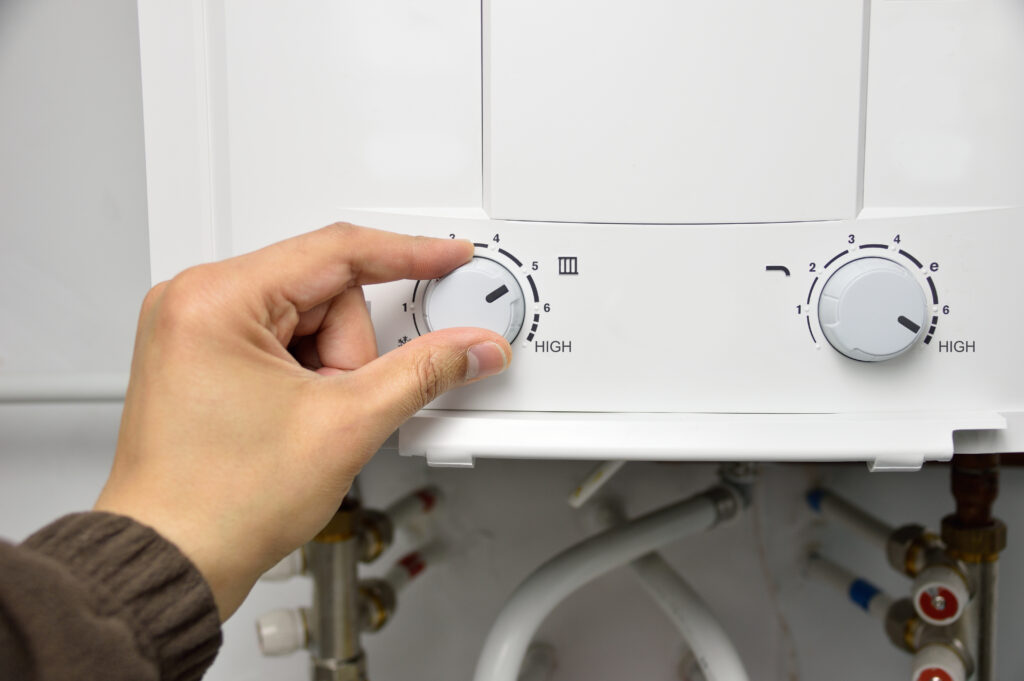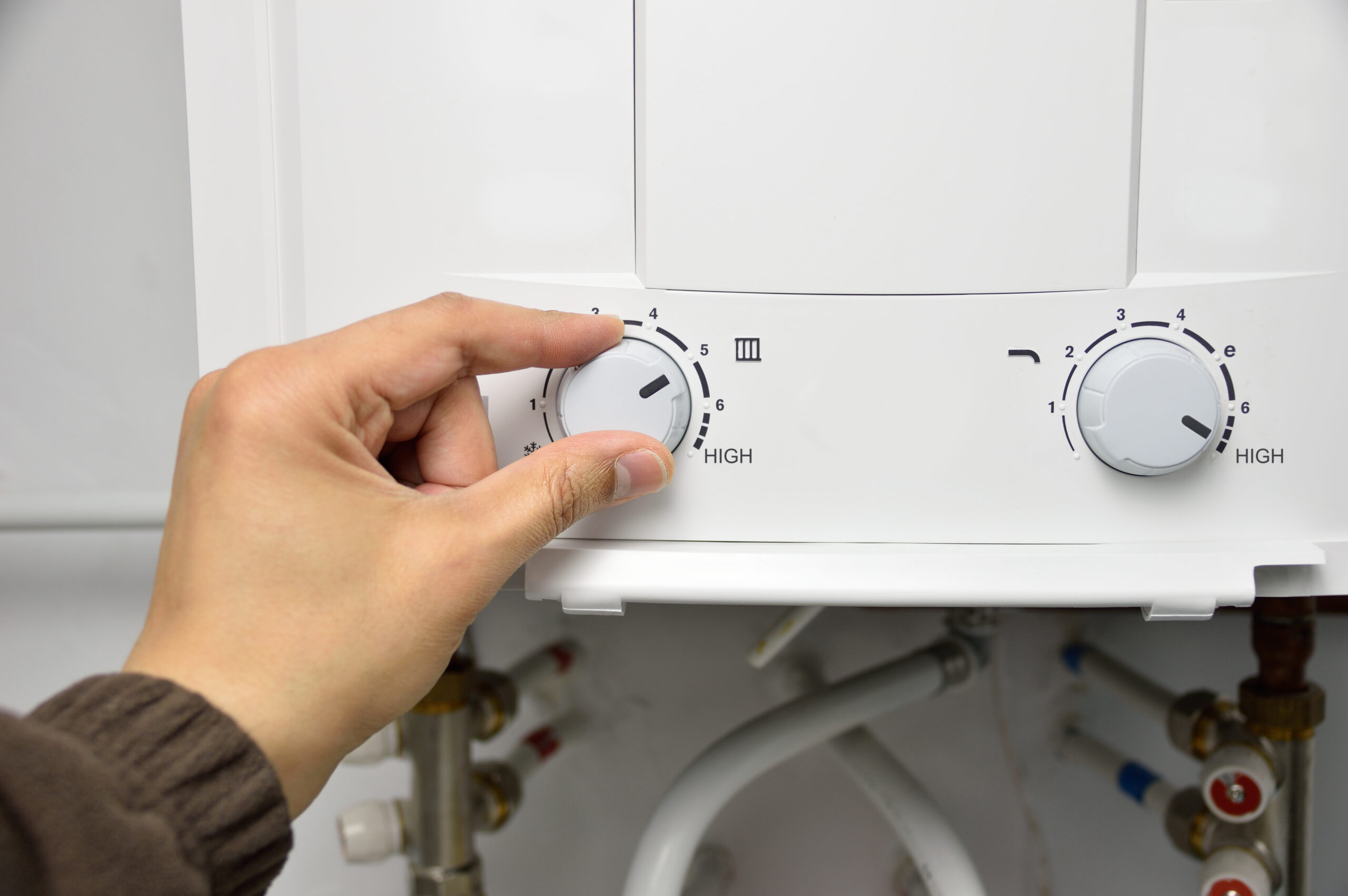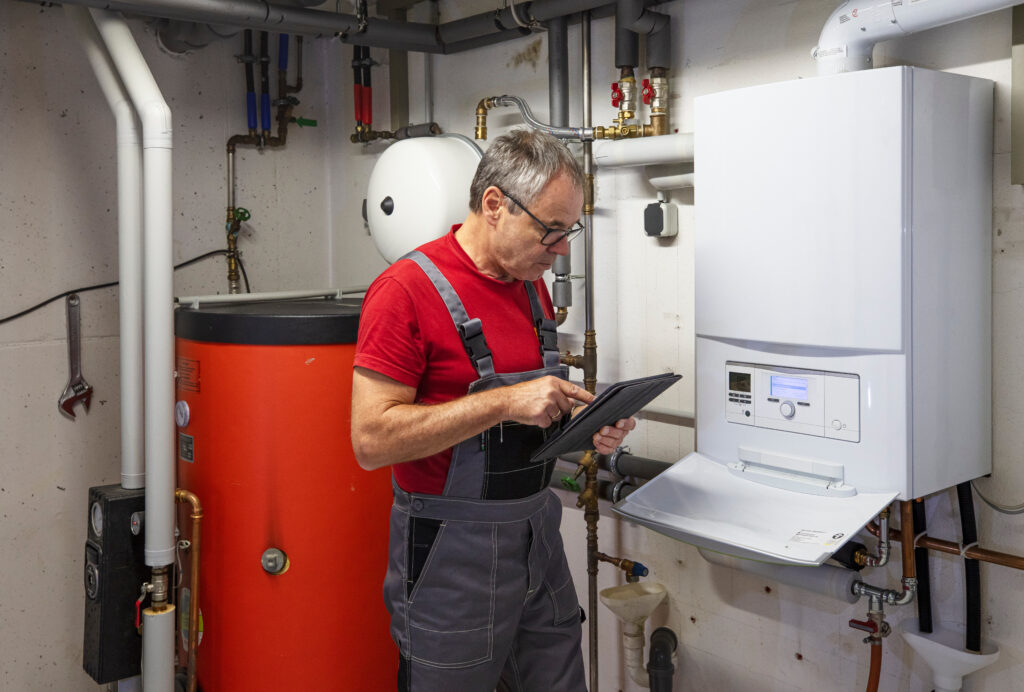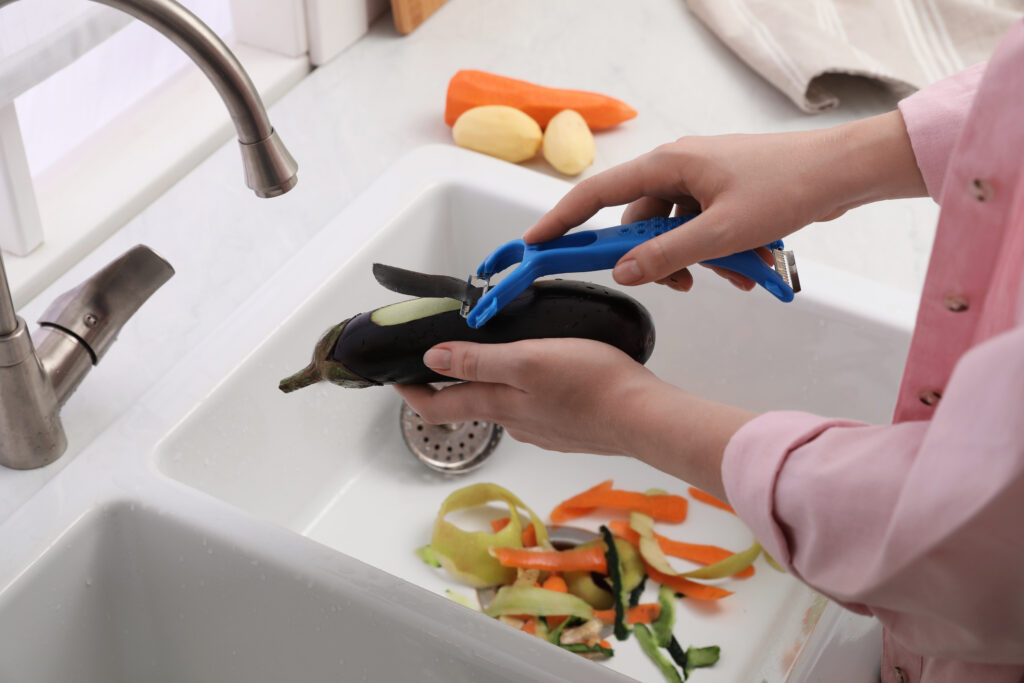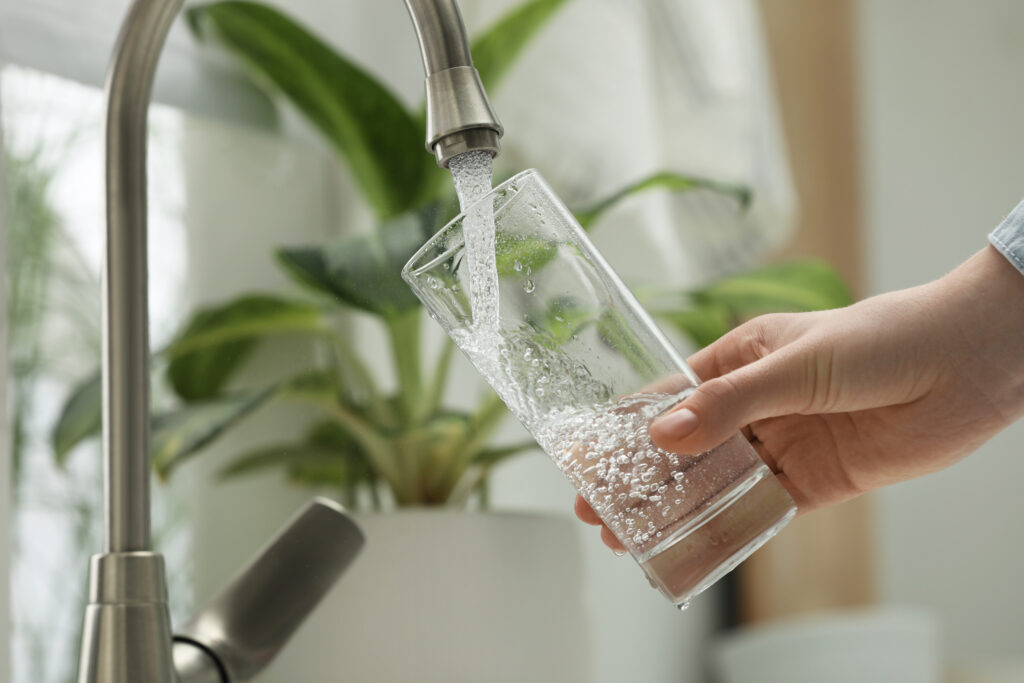The Homeowner’s Guide to Tankless Water Heaters: What They Are, How They Work, and Whether They’re Right for You
Spend five minutes chatting with a neighbor in Bend or Asheville—or anywhere people really care about the comfort of their home and the environment—and you’ll hear about tankless water heaters. These compact systems are growing in popularity, especially in outdoor-loving towns where sustainability meets smart living. But before you jump into upgrading your home’s hot water game, it’s worth understanding how tankless water heaters work, what the real advantages are, and whether there are any sneaky drawbacks lurking behind their sleek designs. Hot water may seem simple, but trust me, there’s more to this than just turning a tap.
What Is a Tankless Water Heater and How Does It Work?
Unlike the big, clunky water heaters most of us grew up with—the ones that spend hours slowly heating a big storage tank—tankless water heaters do their job in real time. They only heat water when you actually need it. So, say you’re washing off a hike in Boulder. The second you turn the shower on, cold water travels through a pipe and into the unit, where either a gas burner or an electric element instantly heats it before it comes out of your faucet piping hot. That’s why they’re also called “on-demand” water heaters. There’s no storage tank involved, just a fast, efficient system that kicks in exactly when triggered. No wasted energy keeping a tank of water warm when nobody’s home. No waiting for a refill when someone used up all the hot water 10 minutes before your turn. It’s pretty genius stuff.
Why More People in Outdoor Towns Opt for Tankless Systems
If you’ve ever scoped out the housing trends in Bozeman, Missoula, or Truckee, you’ll spot a recurring thread—energy efficiency and smart real-estate upgrades that make homes more cost-effective and resilient. That’s a big part of the tankless draw. These systems are ideal for folks looking to trim down utility bills and carbon footprints without compromising comfort. For homeowners who live in high-performance houses or are just trying to reduce their environmental impact, tankless heaters offer around 20–35% better efficiency compared to traditional water heaters. That adds up over time. Plus, the units are compact and often wall-mounted, so you’re saving space while saving energy. For small cabins, ski condos, or just normal-sized homes that were never built with spare space in mind, this matters. A lot.
Key Advantages of Tankless Water Heaters
Alright, let’s break it down. First and foremost: endless hot water. If you’ve ever lived with three roommates and waited your turn in a freezing bathroom just to face a cold shower, this feels like magic. A tankless system doesn’t run out. It could be shower after shower after hot tub fill-up after dishwashing session—and you’re still good. Just remember, there’s a max flow rate. If everyone’s using hot water at once, the system can reach its limit. Still, it’s miles better than that old tank heater that throws in the towel halfway through your second rinse. Another win? Longevity. While a traditional water heater might last 8–12 years, tankless versions often go for 15–20, if maintained well. Yes, you’ll pay more upfront (we’ll get to that), but in the long run, the investment often earns its keep through lower energy bills and more years of service. And then there’s space savings. In smaller homes or ADUs, it can be the difference between having a closet or not. Literally.
Common Drawbacks Homeowners Should Consider
Okay, let’s pump the brakes for a sec. Tankless water heaters aren’t perfect. That higher upfront cost? It’s real. Depending on the size of the unit and whether you need upgraded gas lines or electric service, installation can range widely in price. Sometimes north of $2,000—sometimes a lot more if retrofitting is required. You also might run into the dreaded “cold water sandwich.” This happens when the hot water gets interrupted briefly after someone shuts it off and then quickly turns it on again. It’s not dangerous, just mildly annoying. Another issue: older homes may need infrastructure tweaks. Especially in places like Durango or Burlington, where some historic homes have antique plumbing setups, switching to tankless could mean bringing in a technician for bigger upgrades than expected. Lastly, in colder climate locations, you’ll want to ensure the unit is rated for low temperatures—or installed inside—to avoid freezing problems. Which, yes, can absolutely happen and yes, it’s every bit as dramatic as it sounds.
Choosing the Right Model Based on Your Home’s Needs
Not all tankless water heaters are created equal, and here’s where people often get tripped up. The key spec to pay attention to is “flow rate,” measured in gallons per minute (GPM). Larger households with multiple bathrooms are going to need a higher GPM, especially if you’re someone who might have the dishwasher, washer, and a shower all running at once—yep, it happens. In places like Flagstaff or South Lake Tahoe, you also need to know your groundwater temperature, since colder incoming water requires more energy to heat. Gas models tend to support better flow for high-demand homes, while electric units often suit smaller spaces or warmer states. So ask yourself: What do I need right now, and what will I need five years from now? Planning ahead can mean avoiding a second major upgrade down the road. Don’t undersize just to save a buck, but don’t overspend on capacity you’ll never use either. Balance is key.
Maintaining a Tankless Water Heater for the Long Haul
Once your tankless water heater is humming along, you still need to treat it right. These systems aren’t maintenance-free, and neglecting them will shorten their lifespan—which, let’s be honest, is kind of a shame considering the investment. The main issue in many towns (especially those with hard water, like in Jackson Hole or Fayetteville) is scale buildup—minerals accumulating inside the unit over time. You’ll want to flush it out annually using vinegar or a descaling solution. Not exactly a thrilling Saturday task, but super necessary. Also, keep an eye on the air filter and venting system to make sure nothing gets blocked up. Smart habit: put a reminder in your phone for a springtime check every year. Bonus if your home warranty includes tankless servicing (more on that in a second). Proper maintenance turns a good investment into a great one, and honestly, makes for fewer surprise cold showers. No one’s got time for that.
Protecting Your Investment with Armadillo
Here’s the thing—tankless water heaters are a significant upgrade, especially for homeowners in efficiency-minded communities and outdoor-geared cities. But like all key home systems, they’re not indestructible. Stuff happens. Heat exchangers crack, valves wear out, tech fails. And the last thing you want is to deal with that mid-ski-season or right when your family’s in town. That’s where a solid home warranty, like the plans offered by Armadillo, comes in. We cover the systems that matter most, including tankless water heating systems when they’re part of your selected protection. With flexible plans that match your needs and friendly, transparent support every step of the way, you’re never left out in the cold. Literally. Whether you’re a first-time buyer in Whitefish or a serial remodeler in Burlington, locking in protection is smart, simple—and yep, kind of satisfying. Start customizing your plan over at our plan builder, and make sure your next hot shower is always just a tap away.
















